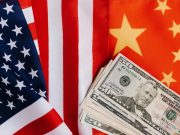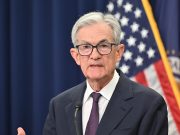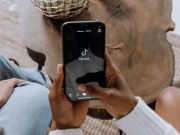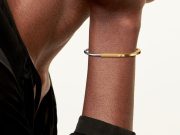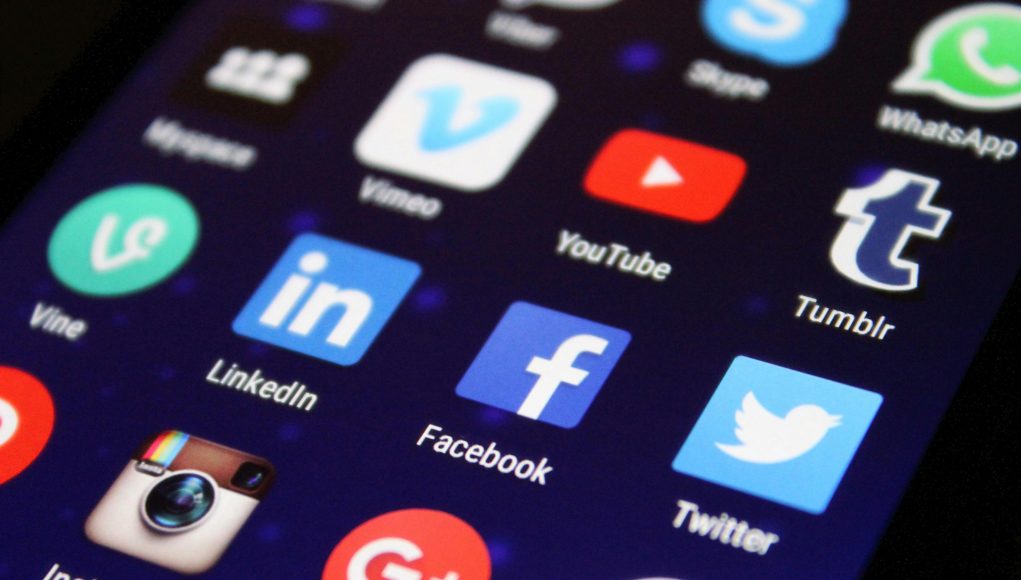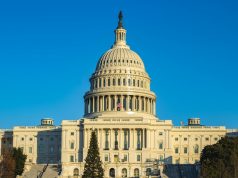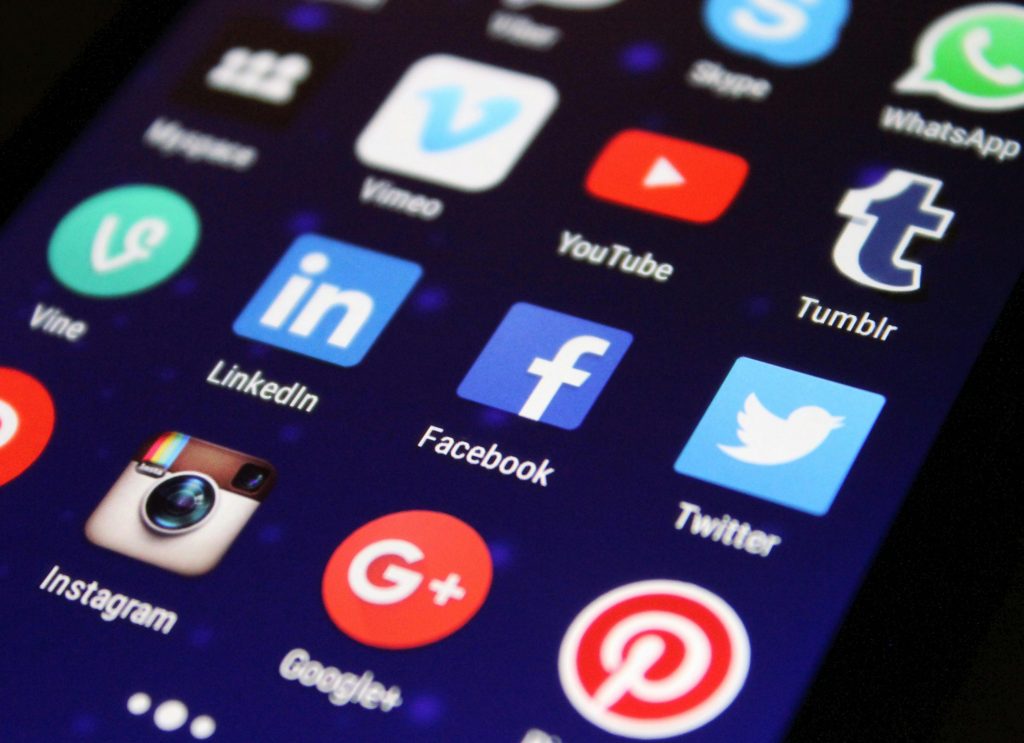
(Singapore, 12.11.2025)After months of protest and warnings about chaos, major social media companies are quietly preparing to follow Australia’s tough new law banning under-16s from using social media.
Starting December 10, TikTok, Snapchat, Meta’s Facebook, Instagram and Threads will begin shutting down accounts registered to users aged under 16 — a sweeping move that will affect more than one million young Australians. Over the next few weeks, teens across the country will receive alerts offering three choices: download their data, freeze their profiles, or lose access completely.
For the remaining 20 million Australian users, life on social media should go on much as usual. Tech firms are promising a smooth rollout, hoping to avoid the messy disruptions they had predicted during months of lobbying against the law.
When the plan was first announced, big tech firms warned of nightmare scenarios — endless log-ins, intrusive ID checks and widespread errors. They argued that mandatory age verification would violate privacy, prove unreliable, and hurt engagement.
Now, the tone has changed. Instead of fighting, they’re adapting. Behind the scenes, these companies are relying on software they already use for marketing — tools that estimate a user’s age based on their online behavior, such as “likes” and interactions.
Only if a user claims to be wrongly blocked will the platforms turn to new third-party “age assurance” apps to confirm identity. These apps can estimate age from a selfie or verify it through ID documents.
Reuters quoted Julie Dawson, chief policy officer at Yoti — the company supplying age verification technology for Facebook, Instagram, and TikTok — as saying that users are unlikely to face major disruption.
“There’ll be, at most, two to three weeks of adjustment as people get used to the new process — and after that, it’ll just become routine,” she said.
Meta, Snapchat, TikTok and Google, owner of YouTube, have all declined to comment. But during parliamentary hearings in October, all but Google confirmed they planned to comply and would contact affected users before the ban kicks in.
Blocking Kids Without Parents’ Permission
Australia’s new law represents one of the world’s boldest steps to shield young people from social media’s mental-health risks. The debate gathered momentum after internal Meta documents leaked in 2021 showed the company knew Instagram could harm teenagers’ self-esteem.
The movement gained further traction after the 2024 bestseller The Anxious Generation and a high-profile campaign by News Corp Australia pushed the issue into the political spotlight.
The result was legislation requiring platforms to block under-16s entirely — not just with parental approval, but through proactive verification. Failure to comply could cost companies up to A$49.5 million (S$42.1 million).
TikTok told lawmakers it had about 200,000 users aged 13–15 in Australia and was developing a new “report underage user” feature to support compliance.
Australia’s home-grown live-streaming platform, Kick, is also affected. The company, which drew criticism earlier this year after a livestreamed death, said it would follow the rules and introduce new moderation tools.
The rollout won’t be perfect. Age-detection software is not foolproof, particularly for those on the borderline. People aged 16–17 — around 600,000 Australians — are most likely to be wrongly flagged, since algorithms often struggle to distinguish them from slightly younger users.
Daswin De Silva, a computing professor at La Trobe University, warned that these “grey areas” could cause temporary service problems.
“It’s probably going to be service distortion for a couple of days or weeks until the platforms figure this out,” he said.
If a user is mistakenly blocked, they can appeal through an age assurance app — first by uploading a selfie, and if necessary, a form of ID.
Australia Sets the Pace
How smoothly Australia handles the rollout will be closely watched around the world. Governments in Europe and the United States are wrestling with similar challenges as they try to balance child protection, privacy, and freedom of expression.
Britain and France recently introduced age checks for pornography websites, while Denmark plans to ban under-15s from social media entirely. Other efforts, including in France and Florida, have stumbled amid complaints about free speech and technical feasibility.
“The rest of the world is watching Australia,” said Stephen Wilson, founder of the identity verification consultancy Lockstep, which has advised both the Australian and U.S. governments. “This is a new weapon to deal with the problems some digital platforms have created.”
The Australian law requires companies to take “reasonable steps” to block minors — including detecting users who attempt to bypass restrictions through virtual private networks (VPNs).
Still, some experts warn that loopholes will remain. Hassan Asghar, a computer science lecturer at Macquarie University, said competitors not covered by the ban could benefit.
“It could happen that other platforms take over,” he said.
A Turning Point for Big Tech
The shift from protest to cooperation marks a major turning point in the relationship between governments and Silicon Valley. Once confident in resisting regulation, global tech giants are now finding they must adapt to tougher rules — particularly when it comes to young users.
For Australia, it’s a test of how far digital oversight can go without causing a backlash. For the tech industry, it’s a signal that the era of self-regulation may be ending.
Whether the system runs smoothly or stumbles, Australia’s December 10 rollout will be the first real-world test of a bold idea: that keeping kids off social media might require the world’s biggest platforms to finally grow up, too.





